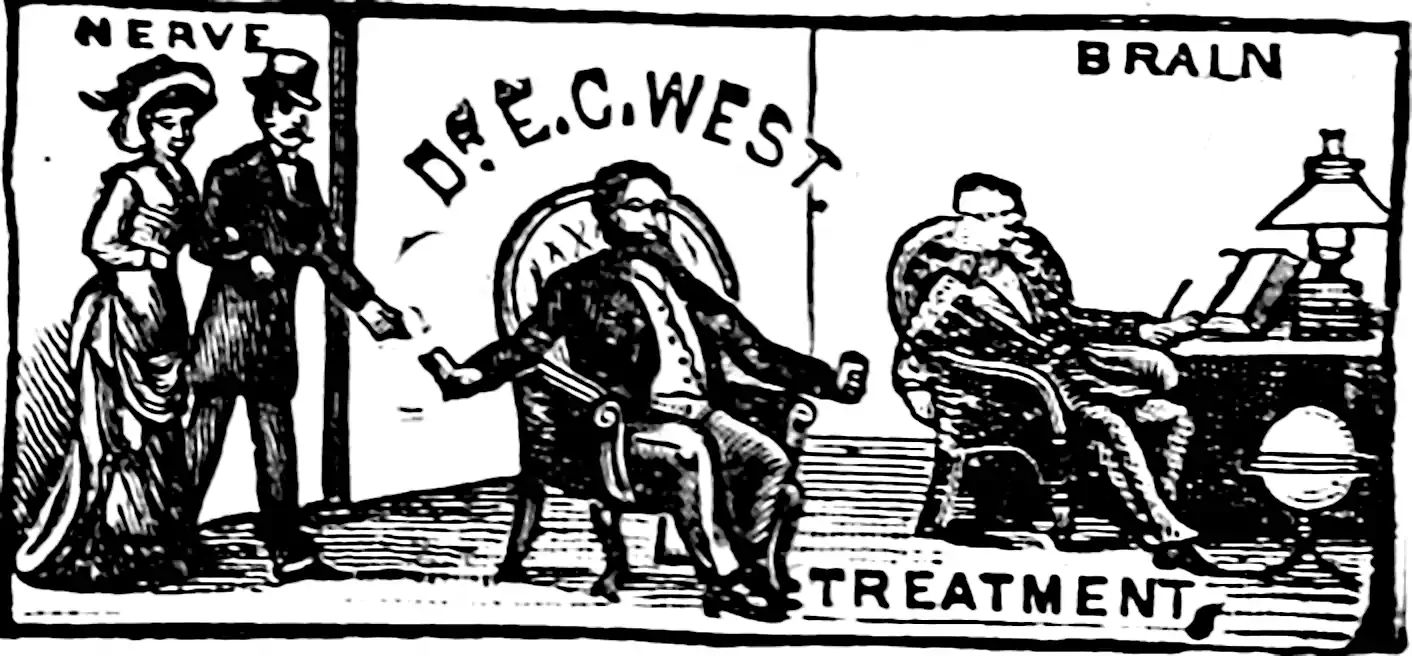Drugs, prescribed
August 6, 2017 — February 9, 2024
Suspiciously similar content
Notes on medical substances, their use, and their regulation.
The Antibiotics Business Is Broken—But There’s a Fix
Successful drug development relies on an extremely simple assumption. If you spend the industry-standard amounts of time and money to achieve a new drug—generally accepted to be 10 to 15 years and at least $1 billion—you will end up with a product to which you can assign a high enough price, or sell in enough volume, to earn back that R&D budget, reward investors, and turn a profit.
That math works for most of the products of the pharmaceutical industry, from old drugs that people take every day—antidepressants, beta-blockers, statins—to the newest cancer therapies known as CAR-T, which can cost almost $500,000 per dose. But antibiotics don’t fit that equation. Unlike cancer drugs, most antibiotics are inexpensive; the few with high price tags are reserved for rare hospital use. And unlike drugs to treat chronic diseases, people take antibiotics for only short periods.
There’s another way in which antibiotics are unlike all other categories of drugs. A daily dose of Lipitor causes the world no harm—but every dose of antibiotics poses a risk of encouraging bacteria to adapt and develop resistance. So these new medications are caught in a conundrum: Their fiscal promise and their social value are at odds.

